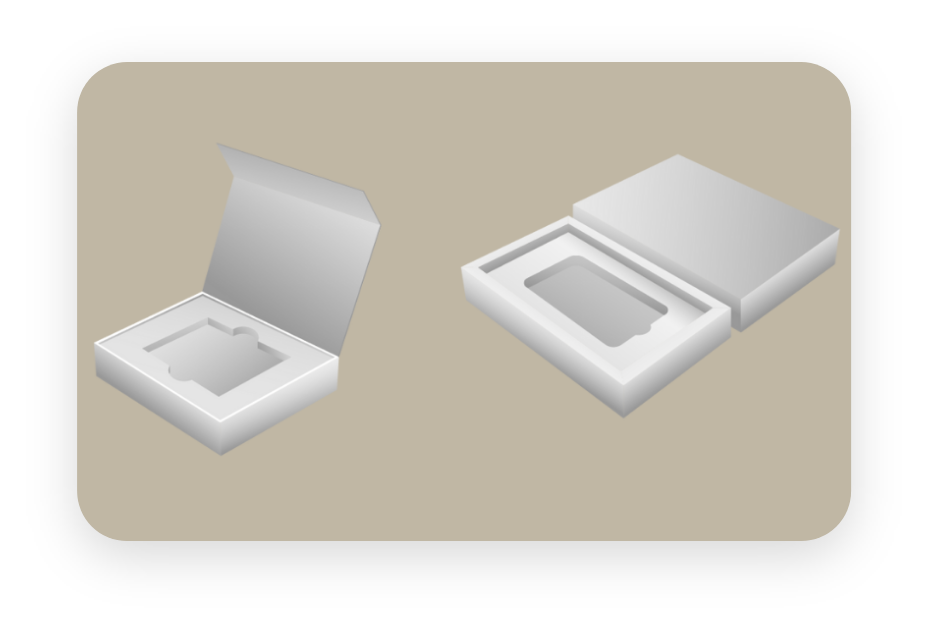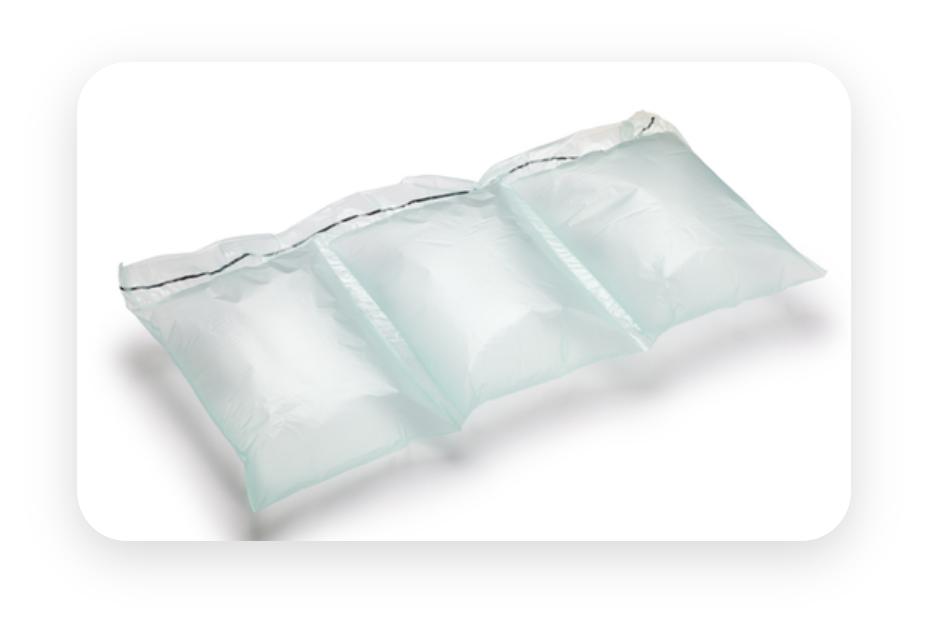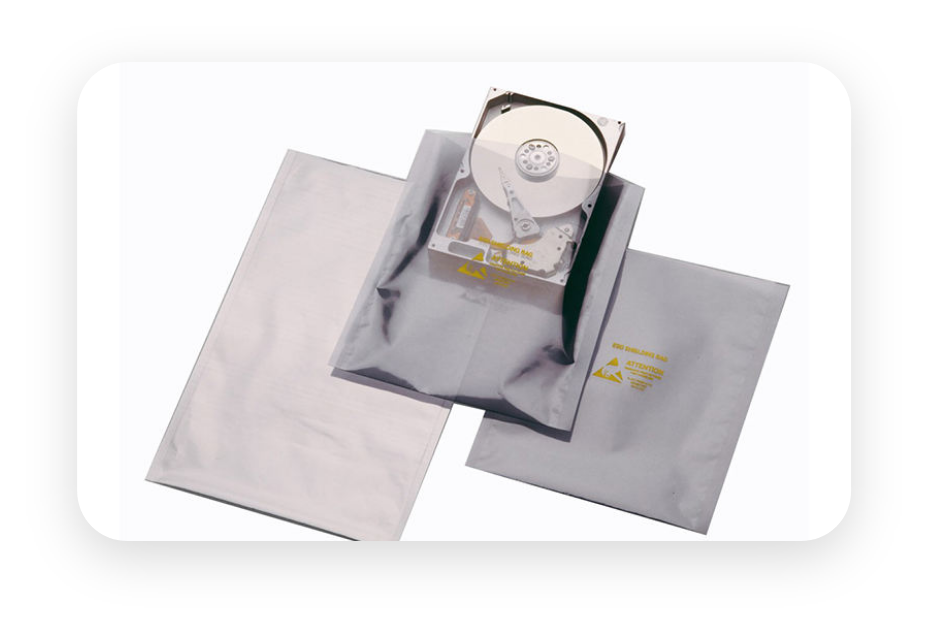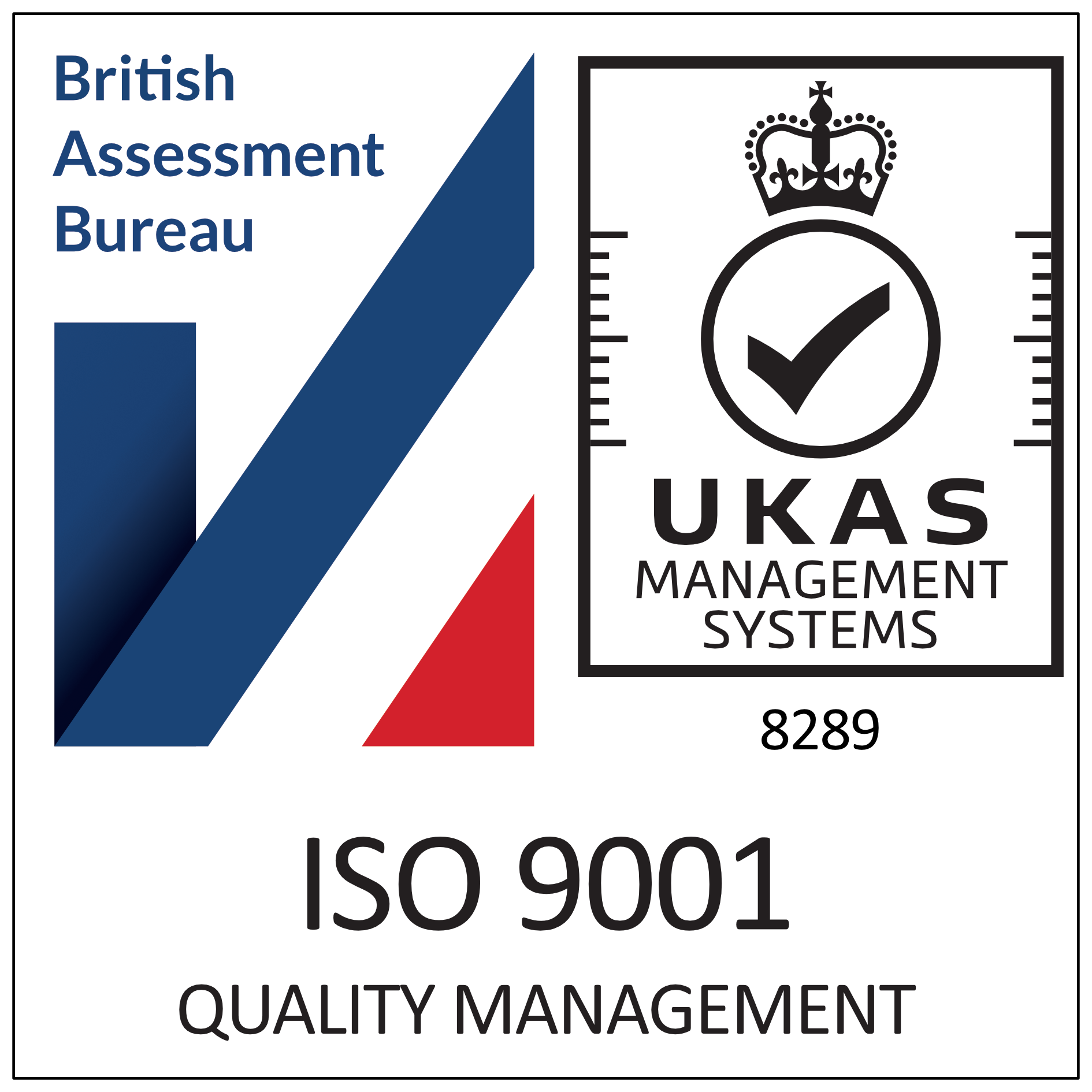Electronics, IT & Telecoms Packaging
Protect Your Electronic Products From Damage And Temperature Changes During Transit
Effective packaging is essential for protecting electronic devices and components during transportation, storage, and display. Electronics, IT, and telecoms packaging must provide protection against various risks, including impact, moisture, electrostatic discharge and temperature extremes, to ensure that products arrive in optimal condition. In addition to protection, electronics packaging must also be convenient, sustainable, and visually appealing, meeting the diverse needs of businesses and consumers.
In this context, companies rely on high-quality secondary and primary packaging solutions to protect their electronic products and components throughout the supply chain, from manufacturing to final delivery.



Why You Should Experience Bespoke Electronics, IT & Telecoms Packaging Solutions with Synergy?
Bespoke electronics, IT, and telecoms packaging solutions from Synergy offer a range of benefits for businesses, including:
Customisation: With bespoke packaging solutions, you can customise your packaging to meet the specific needs of your electronics, IT, or telecoms products, ensuring that your packaging works and looks exactly how you need it to
Enhanced protection: Synergy's bespoke packaging solutions are designed to offer enhanced protection for your sensitive and fragile electronics using anti-static materials ensuring that they arrive at their destination in excellent condition.
Cost-effectiveness: By choosing a tailored packaging solution, you can reduce the costs of damaged or lost products, while also ensuring that you're not overspending on packaging materials that are not required.
Sustainability: With the increasing focus on sustainability, Synergy's bespoke packaging solutions help businesses to reduce waste and environmental impact through the use of innovative packaging materials and techniques.
Compliance with regulations: Synergy's bespoke packaging solutions are designed to meet international standards and regulations, ensuring that your electronics, IT, or telecoms products are transported safely and legally.
With these benefits, bespoke electronics, IT, and telecoms packaging solutions from Synergy can help businesses to reduce costs, enhance protection, meet regulations, and promote sustainability. So, if you're looking for a customised and effective packaging solution for your electronics, IT, or telecoms products, Synergy is the partner you can trust.

Some of our Electronics, IT & Telecoms
packaging solutions.




Don't trust us. Trust them...

Electronics Case Studies
Electronics, IT & Telecoms
10% decrease in cube size.
20% decrease in costs.
A global leader in food and beverages created a bespoke point-of-sale device but could not find the ideal price point for the packaging. This is where we came along.
Little bit about Synergy Packaging.

At Synergy Packaging we are committed to protecting the worlds finite resources and to ensure that all of our solutions have a positive impact on the environment. Within our Research and Development Centre, our Packaging Experts are constantly evaluating and testing new materials whilst further enhancing our current range of packaging solutions to ensure that they are of the highest level of performance but the lowest level of impact on the environment.
Synergy’s in-house research and development team provides your company with an advantage over rivals. How you ask? With our extensive knowledge of the packaging industry we can offer innovative, bespoke solutions that use the most cutting edge packaging materials to give your product the maximum protection whilst using the minimum packaging material.
We don't like to blow our own trumpet. But our clients do love us and these are some of the many benefits we've been able to help them with:
Decreased logistics and transportation costs due to minimised package cube size and reduced damages
- Slick and easy process from start to finish
- Fast lead and delivery times on packaging products.
- Minimised product damage and a decrease in logistics and transportation costs of products.
- Decreased logistics and transportation costs due to minimised package cube size and reduced damages
There are very few businesses in the packaging industry that provide fast, quality manufacturing of packaging but at Synergy we have invested in our people and our manufacturing equipment to ensure that your orders are processed as quickly as possible whilst ensuring that quality always remains high. With this investment, we can also increase the speed in which you receive your packaging delivery, this is just one of many reasons that our clients choose us every time.
Our 3 step process.
1
Enquire
The first step is to click on the button below to initiate a free packaging consultation where we
discuss your product and needs.
2
Design & Create
We then get to work designing and creating your new bespoke packaging solution.
3
Deliver
The final step is to then deliver your packaging in an efficient and timely manner.
Most Common Questions. Answered.
Electronics, IT, and telecoms packaging can be categorised into three main types: primary, secondary, and tertiary packaging.
Primary packaging: This is the packaging that directly comes into contact with the product, providing the first layer of protection. Examples of primary packaging for electronics include plastic bags, clamshell packaging, and anti-static bags that protect individual components or devices during manufacturing, storage, and shipping.
Secondary packaging: This is the packaging that surrounds the primary packaging, providing additional protection during transportation and storage. Examples of secondary packaging for electronics include corrugated boxes, bubble wrap, and foam inserts that protect multiple products during shipping and handling.
Tertiary packaging: This is the packaging that surrounds the secondary packaging, providing an extra layer of protection during long-distance transportation and warehousing. Examples of tertiary packaging for electronics include pallets, crates, and large shipping containers that protect multiple boxes of products during transportation and storage.
By utilising a combination of primary, secondary, and tertiary packaging, electronics, IT, and telecoms companies can ensure that their products are well protected throughout the entire supply chain, from manufacturing to final delivery.
Electronics, IT, and telecoms packaging typically uses a variety of materials that are designed to provide protection against various risks and hazards, such as impact, moisture, electrostatic discharge, and temperature changes. Here are some common materials used in electronics packaging:
Corrugated cardboard: This is a popular material for secondary and tertiary packaging, as it is strong, lightweight, and recyclable.
Foam: This is a common material used for cushioning and protection of delicate electronics components.
Bubble wrap: This material is used for wrapping and cushioning products during transportation, providing an extra layer of protection against impact.
Anti-static packaging: This material is used to protect sensitive electronic components from electrostatic discharge.
Plastic: This material is used for primary and secondary packaging of electronic devices and components, providing protection against moisture and dust.
Metal: This material is used for protective casings for electronic devices that require added strength and durability.
Wood: This material is used for tertiary packaging of large electronics equipment, such as servers, routers, and telecommunication equipment.
By selecting the right materials for their electronics packaging, businesses can ensure that their products are well-protected throughout the entire supply chain, from manufacturing to final delivery.
There are several common pitfalls and errors that can occur in Electronics, IT & Telecoms packaging. Here are a few examples:
- Insufficient protection: Electronic products are particularly vulnerable to various risks, such as impact, moisture, and electrostatic discharge. If the packaging does not provide adequate protection against these risks, the product can be damaged during transportation or storage.
- Incorrect sizing: Packaging that is too small or too large can lead to damage or shifting of the products during transportation, which can result in damage or breakage.
- Poor labelling: Incorrect labelling or inadequate labelling can cause delays, incorrect deliveries, and even lost shipments.
- Environmental concerns: As with any industry, electronics packaging ultimately is disposed of, and businesses need to ensure that their packaging solutions are environmentally friendly, using materials that are recyclable or made from sustainable sources.
- Cost: Incorrectly designed packaging can be costly, and businesses need to strike a balance between cost and protection. Opting for cheaper packaging solutions that do not provide sufficient protection can end up costing more in the long run due to product damage and replacements.
To avoid these pitfalls and errors, businesses should invest in high-quality electronics packaging solutions that provide adequate protection, are the correct size, are properly labeled, are environmentally friendly, and strike a balance between cost and protection.
In the UK and Europe, the rules and regulations for electronics, IT, and telecoms packaging include:
- Packaging (Essential Requirements) Regulations: These regulations set out the requirements for packaging used in the UK, including weight, volume, and composition.
- Packaging Waste Regulations: These regulations require businesses to take responsibility for the disposal and recycling of packaging waste, and to meet certain recycling targets.
- Waste Framework Directive: This directive requires businesses to manage waste in an environmentally responsible way, and to follow the waste hierarchy of reduce, reuse, and recycle.
By complying with these rules and regulations, businesses can ensure that their electronics, IT, and telecoms packaging is safe, effective, and environmentally friendly, and that they are not in violation of any laws or regulations in the UK and Europe.
Electronic, IT, and telecoms companies can ensure that their packaging is sustainable by taking the following steps:
Using environmentally friendly materials: Businesses can use eco-friendly and recyclable materials, such as corrugated cardboard, recycled plastic, and sustainable materials, to reduce the environmental impact of their packaging.
Right-sizing the packaging: Using packaging that is the right size for the product can reduce waste and prevent unnecessary use of materials.
Implementing closed-loop systems: Businesses can implement closed-loop systems, where the packaging is collected and recycled at the end of its life, reducing waste and promoting a circular economy.
Reducing energy usage: Businesses can reduce energy usage during the manufacturing and transportation of their packaging by using energy-efficient equipment, having an engineer designed packaging solution that minimises the packaging cube, therefore maximising products on a truck and choosing transportation methods with lower carbon emissions.
Partnering with sustainable suppliers: Businesses can partner with suppliers that use sustainable practices and materials, and that prioritise environmental sustainability.
Compliance with regulations: Electronic, IT, and telecoms companies can comply with local and international regulations, such as the European Union WEEE Directive, Packaging (Essential Requirements) Regulations, and RoHS Directive, to ensure that their packaging is safe and environmentally friendly.
By implementing these steps, electronic, IT, and telecoms companies can reduce the environmental impact of their packaging, promote sustainability, and meet the expectations of their environmentally conscious customers.
If your electronics are sensitive to humidity and temperature, it is important to choose packaging materials and solutions that provide adequate protection against these factors. Here are some options to consider:
Moisture-resistant packaging: This type of packaging is designed to protect electronics from moisture and humidity, which can cause damage or corrosion. Common moisture-resistant packaging options include sealed bags, moisture barrier films, and desiccant packs.
Climate-controlled packaging: This type of packaging is designed to maintain a specific temperature and humidity range, protecting sensitive electronics from extreme temperature or humidity changes during transportation or storage. Climate-controlled packaging solutions can include insulated boxes, temperature-controlled pallet shippers, and refrigerated containers.
Shock-resistant packaging: Electronics packaging should also provide protection against impact and vibration, which can cause damage to sensitive components during transportation. Shock-resistant packaging options include foam inserts, cushioned packaging, and shock-absorbing materials.
By choosing packaging solutions that address the specific needs of your electronics, including sensitivity to humidity and temperature, you can help ensure that your products arrive at their destination in good condition, without suffering any damage or loss of functionality.
Stay ahead of your industry.
Read the latest industry insights including new emerging technology and helpful tips within your industry.
Ready to get started?
Need custom, sustainable packaging for your electronics products? Choose Synergy Packaging.
Our team will exceed your expectations with innovative packaging designs.

